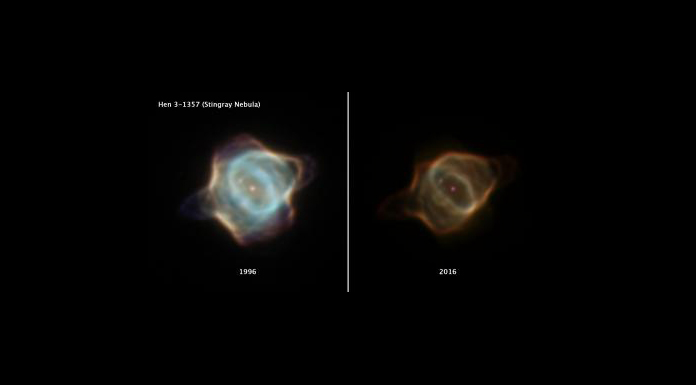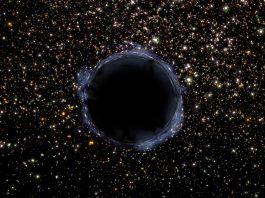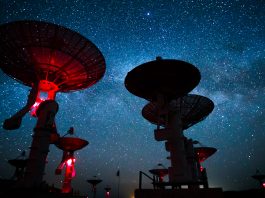Scientists have discovered that the Stingray Nebula has changed in shape and faded significantly since the Hubble telescope obtained the first clear images of it in 1996.
Astronomers have recently been studying a star known as SAO 244567, located at the centre of a planetary nebula, named the Stingray Nebula. A planetary nebula occurs when an expanse of material falls off a star as it enters a new phase of old age, which is then heated by that same star into colourful displays that can last for up to a million years.
The Stingray Nebula unexpectedly appeared in the 1980s and was first imaged by scientists in the 1990s using NASA’s Hubble Space Telescope. A team of astronomers recently analysed a more recent image of the nebula, taken in 2016 by Hubble, and found something unexpected, the Stingray Nebula has faded significantly and changed shape over the course of just 20 years.
If dimming continues at current rates, in 20 or 30 years the Stingray Nebula will be barely perceptible. It is likely that the nebula was already fading when Hubble obtained the first clear images of it in 1996, according to lead author Bruce Balick, an emeritus professor of astronomy at University of Washington, USA.
Balick added: “This is an unprecedented departure from typical behaviour for a planetary nebula. Over time, we would expect it to imperceptibly brighten and expand, which could easily go unnoticed in a century or more. But here we’re seeing the Stingray nebula fade significantly in an incredibly compressed time frame of just 20 years. Moreover, its brightest inner structure has contracted – not expanded – as the nebula fades.”
Planetary nebulae form after stars swell into red giants as they exhaust hydrogen fuel. At the end of the red giant phase, the star then expels large amounts of its outer material as it gradually – over the course of a million years – transforms into a small, compact white dwarf. The sloughed-off material expands outward for several thousand years while the star heats the material, which eventually becomes ionized and glows.
Balick and his co-authors compared Hubble images of the Stingray Nebula taken in 1996 and 2016, discovering that it had changed shape, losing the sharp, sloping edges that gave the Stingray Nebula its name. Its colours have faded overall and once-prominent blue expanses of gas near its centre are largely gone.
Scientists do not know why the nebula changed. One theory, postulated by a team led by Nicole Reindl at the University of Potsdam, is that the star underwent a brief burst of fresh helium fusion around its core, which stirred up its outer layers and caused its surface to both shrink and heat.
Balick said: “Unfortunately, the best tool to follow future changes in the Stingray Nebula, the Hubble Space Telescope, is near the end of its life as well. We can hope, but the odds aren’t good for Hubble’s survival as its three remaining gyroscopes start to fail. It’s a good race to the finish.”









